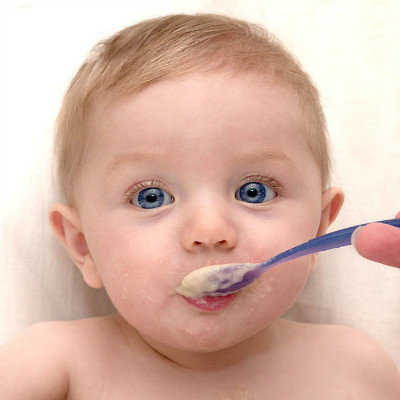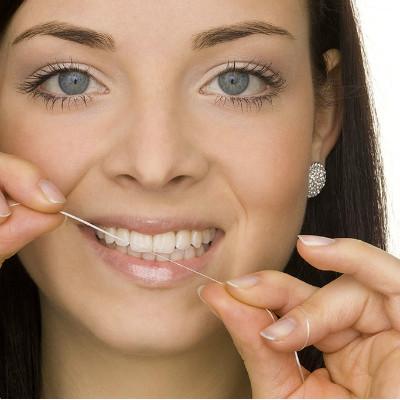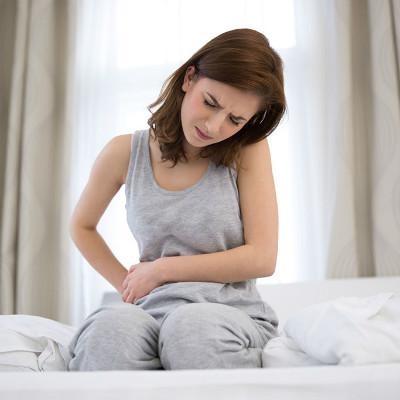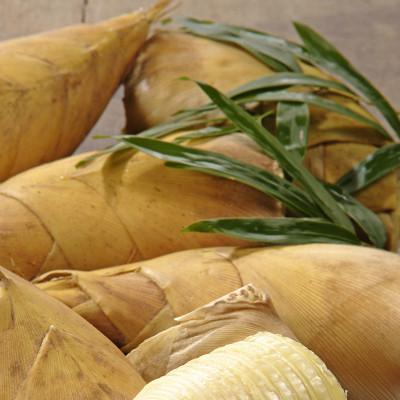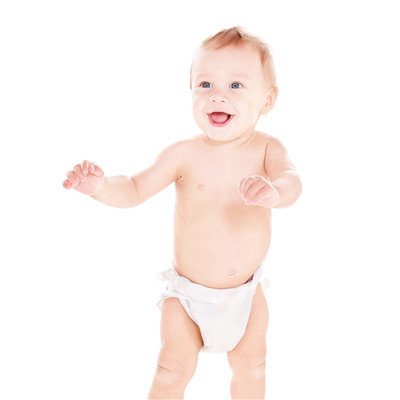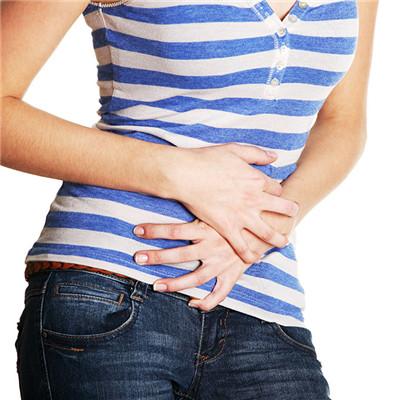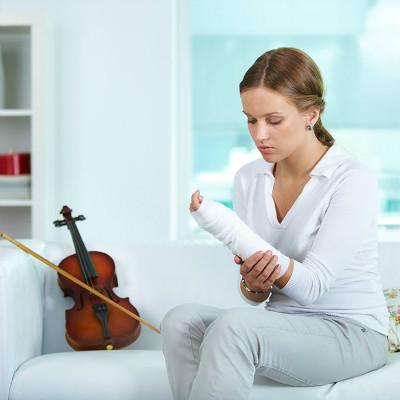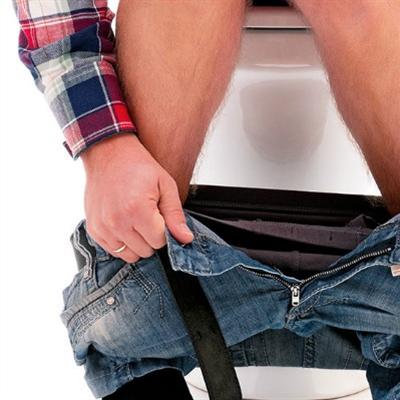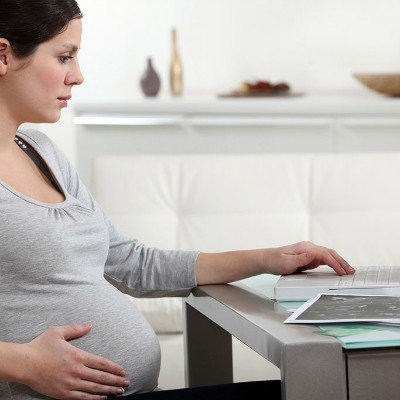Symptoms of convulsions in children
summary
It's normal for children to be young and often ill. Infantile convulsion is a common childhood disease, which can seriously damage the physical and mental health of children. If infantile convulsion appears on your child, you should be treated in time. Now I will introduce the symptoms of infantile convulsion.
Symptoms of convulsions in children
Before the attack, a few can have aura: extreme irritability or "startle" from time to time, mental tension; Look frightened, limbs muscle tension suddenly increased; Sudden shortness of breath, apnea or irregularity; The body temperature rises suddenly and the complexion changes sharply; The pupil size is different; The edge is uneven. The typical manifestations are sudden onset, loss of consciousness, head backward, eye fixed upturned or strabismus, mouth foaming, teeth closed, facial or limb muscles clonic or tonic convulsions. In severe cases, neck rigidity, arcus, dyspnea, cyanosis or incontinence can occur. Lasts from seconds to minutes or more. And then turn into drowsiness or coma. During the attack or shortly after the attack, there were signs such as dilated pupil, slow response to light, positive pathological reflex, etc. consciousness recovered soon after the attack stopped.
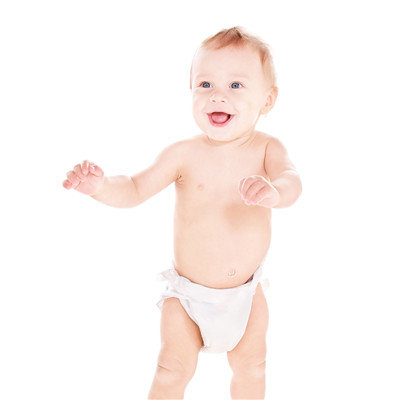
Neonatal convulsion is often manifested as various and varied abnormal movements, such as apnea, irregularity, binocular gaze, paroxysmal pallor or cyanosis. Infantile convulsions sometimes only show the corner of the mouth, eye twitch, one limb twitch or bilateral limb twitch alternately. Neonatal convulsions are characterized by general convulsions, such as irregular respiratory rhythm or apnea, paroxysmal cyanosis or paleness, binocular gaze, nystagmus, blinking or sucking, chewing, etc.

Febrile convulsion is common in children from 6 months to 4 years old. It usually occurs in the early stage of fever and lasts for a short time. It seldom occurs repeatedly in a single fever. It often occurs within 12 hours of fever. After the onset, consciousness recovers quickly and there is no positive sign of nervous system. EEG returns to normal one week after fever subsides. It belongs to simple febrile convulsion with good prognosis.
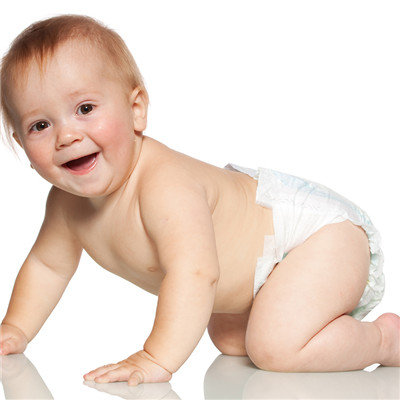
matters needing attention
Infantile convulsion disease is a disease that does great harm to children, and the treatment is not so simple. Parents must take preventive measures for children in their daily life. Parents found that the child had symptoms of this kind of disease, it is necessary to timely check the hospital diagnosis, and then symptomatic treatment.
